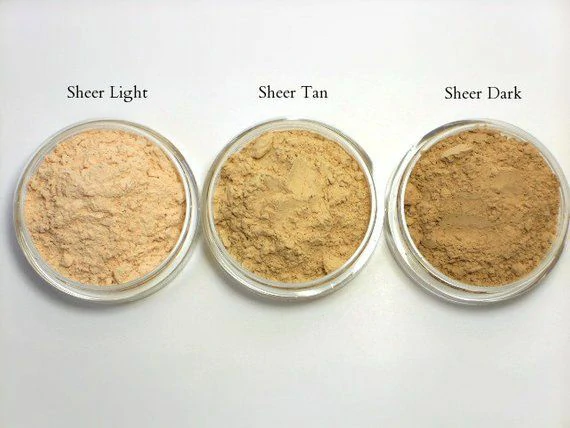Analysis on the application of tungsten carbide coating on lithium powder grinding pole pieces
2 min read
Analysis on the Application of Tungsten Carbide Coating on Lithium Powder Grinding Pole Pieces
Introduction
With the increasing demand for lithium-ion batteries, the production of lithium powder has become a crucial process. Grinding pole pieces play a vital role in this procedure by ensuring the optimal particle size distribution of lithium powder. This article aims to analyze and discuss the application of tungsten carbide coating on lithium powder grinding pole pieces, highlighting its advantages and potential challenges.
Advantages of Tungsten Carbide Coating
1. Enhanced Wear Resistance: Tungsten carbide is known for its exceptional hardness and wear resistance. By applying a coating of tungsten carbide on the grinding pole pieces, the surface becomes significantly more resistant to abrasion, thereby improving the overall lifespan of the equipment.
2. Improved Efficiency: The enhanced wear resistance of tungsten carbide coatings leads to reduced downtime for maintenance and replacement of grinding pole pieces. This results in increased operational efficiency and productivity, as the machinery can run for longer periods without interruptions.
3. Superior Surface Finish: Tungsten carbide coatings offer superior surface finish quality, ensuring a smoother and more consistent grind. This is crucial in lithium powder production, as a uniform particle size distribution contributes to improved battery performance.
4. Reduced Contamination: The hardness and durability of tungsten carbide coatings help minimize contamination during the grinding process. Contaminants can negatively affect the quality of lithium powder and, consequently, the performance of lithium-ion batteries. The use of tungsten carbide coatings reduces the risk of contamination, ensuring higher purity in the final product.
Challenges in Applying Tungsten Carbide Coatings
1. Cost: Tungsten carbide coatings can be expensive, requiring significant investment in specialized coating equipment and materials. The initial cost may deter some manufacturers from adopting this technology, especially if they are operating on a tight budget.
2. Coating Thickness Control: Achieving an optimal coating thickness is essential for maximizing the benefits of tungsten carbide coatings. However, controlling the coating thickness can be challenging, as it requires precision and expertise. Inadequate coating thickness may limit the expected improvements in wear resistance and surface finish.
3. Adhesion Issues: Ensuring proper adhesion between the tungsten carbide coating and the grinding pole piece material can be a challenge. The mismatch in thermal expansion coefficients between the coating and the substrate can lead to delamination or cracking. This issue needs to be carefully addressed during the coating process to ensure long-term adhesion and performance.
Conclusion
Despite the potential challenges, the application of tungsten carbide coatings on lithium powder grinding pole pieces brings substantial advantages. Improved wear resistance, efficiency, surface finish, and reduced contamination make it a valuable technology for lithium powder production. While cost and coating thickness control need to be considered, ongoing research and development efforts can address these challenges and further enhance the effectiveness and cost-effectiveness of tungsten carbide coatings. Overall, embracing this technology can contribute to the advancement of lithium-ion battery manufacturing and the sustainable growth of the energy storage industry.
.webp)



